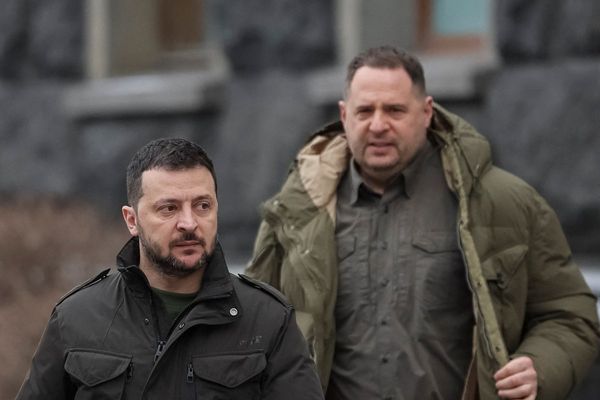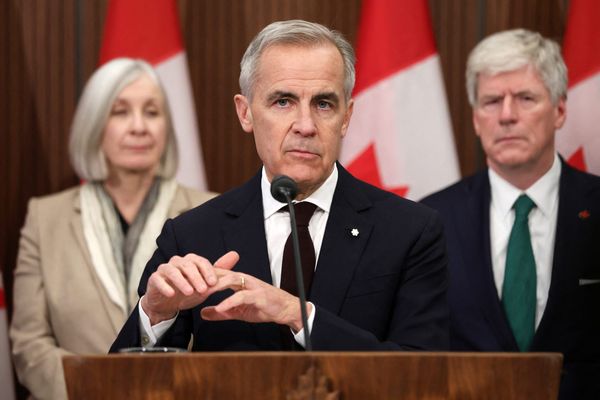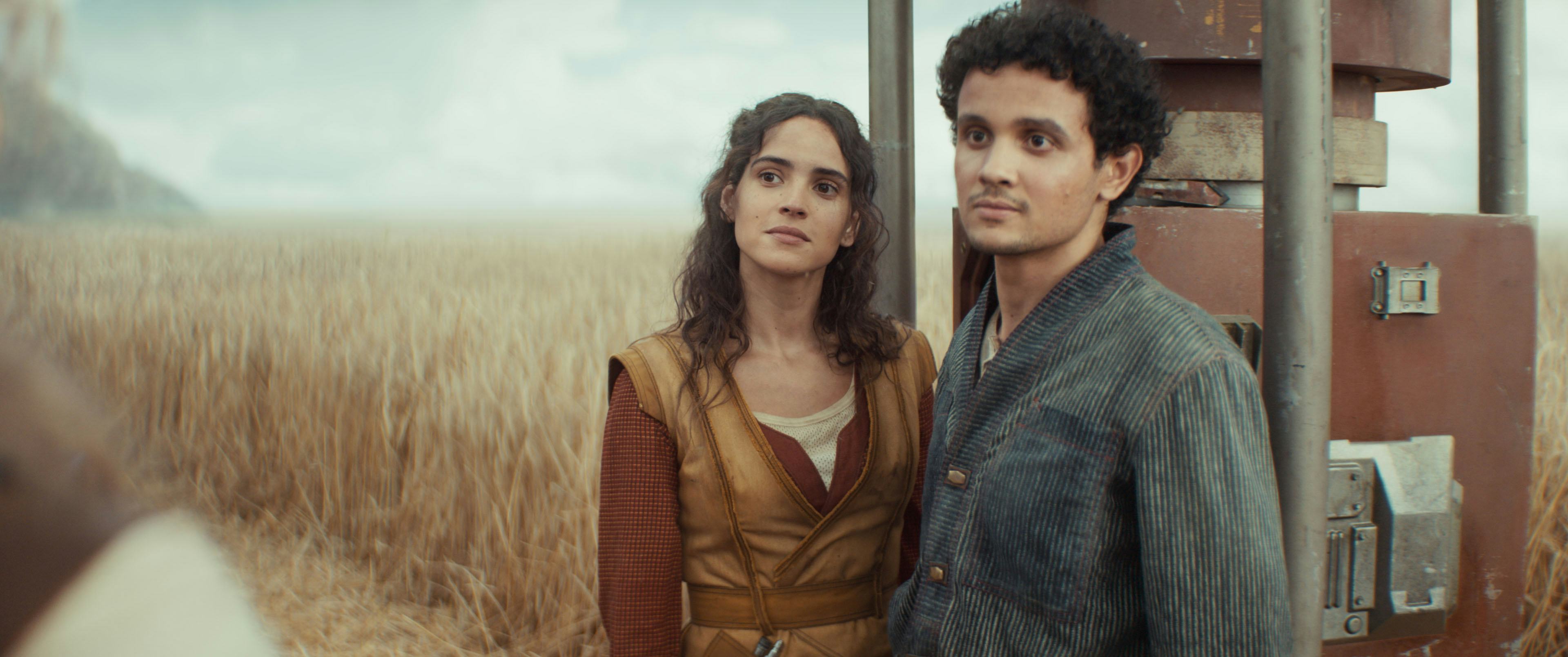
There are plenty of wars in Star Wars — it’s half the name, after all. Soldiers charge into battle, the Jedi fight against the Sith, good wins out over evil, everyone parties with Ewoks and then goes home. It’s a well-worn formula that has lasted for 11 movies and hundreds of episodes of TV, but there’s one major flaw with it that often isn’t explored at all.
But Andor Season 2 isn’t afraid to show the dark side of fighting the Dark Side, marking a historic first for the franchise as a whole — and showing a major blindspot for Star Wars storytelling.
Warning! Spoilers ahead for Andor Season 2, Episodes 4-6.
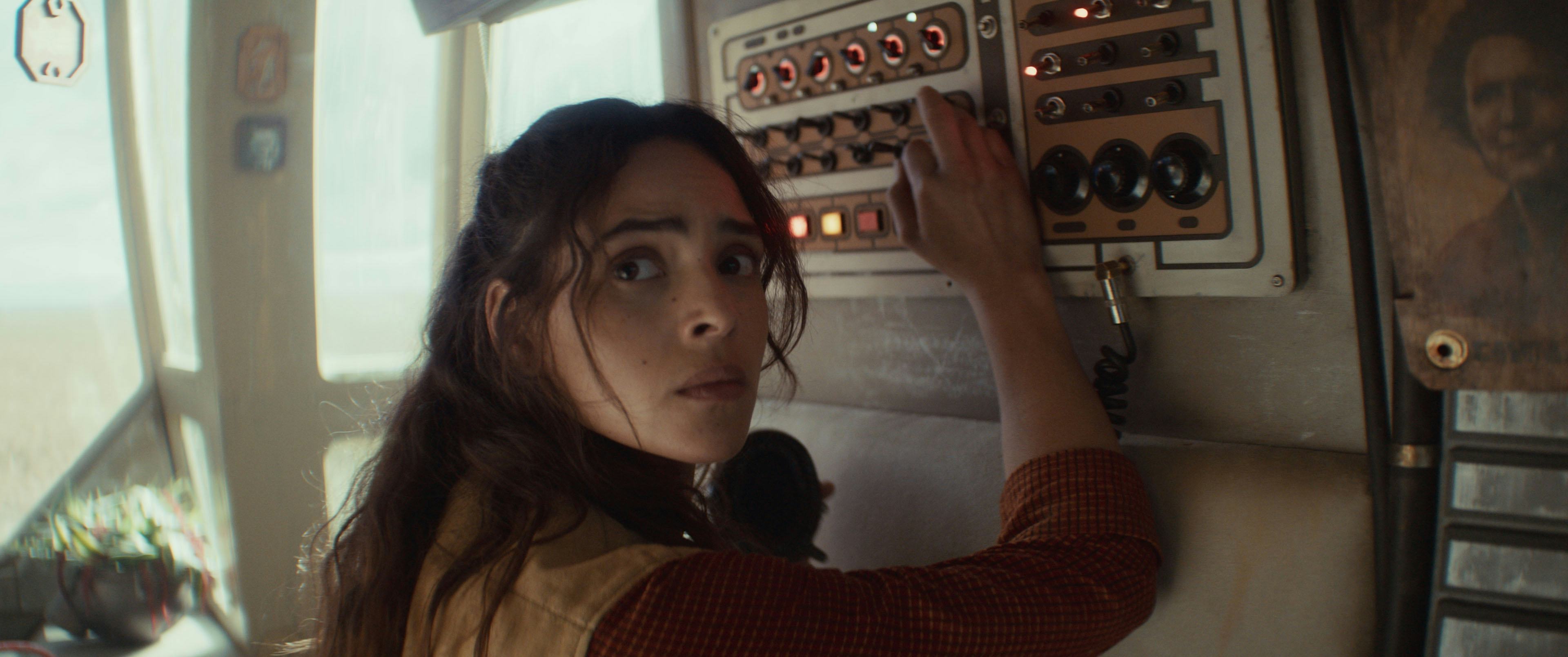
In the first arc of Andor Season 2, Cassian Andor’s love interest Bix is trying to lay low on the farm planet of Mina-Rau. However, an Imperial investigation leads her to be cornered by an Empire lieutenant, who attempts to assault her. It’s a hard scene to watch, and led fans to wonder if sexual assault should even exist in Star Wars.
Unfortunately, abuse of power like that is too common in combat scenarios, and it understandably traumatized Bix. In Episodes 4-6, we see that she now suffers from constant nightmares she has to fend off while Cassian is on missions. To keep them at bay, she self-medicates with an unidentified substance.
This is the first instance in Star Wars canon of a character self-medicating to deal with post-traumatic stress. Sure, PTSD-like symptoms have been shown before, like in Rebels Season 3 Episode 6, when Kanan tells Ezra, “Rex has been through a lot. Battles leave scars, some you can't see.” It’s also a major part of the plot of Fallen Order, as Cal Kestis has repressed painful memories from before Order 66 he slowly rediscovers.
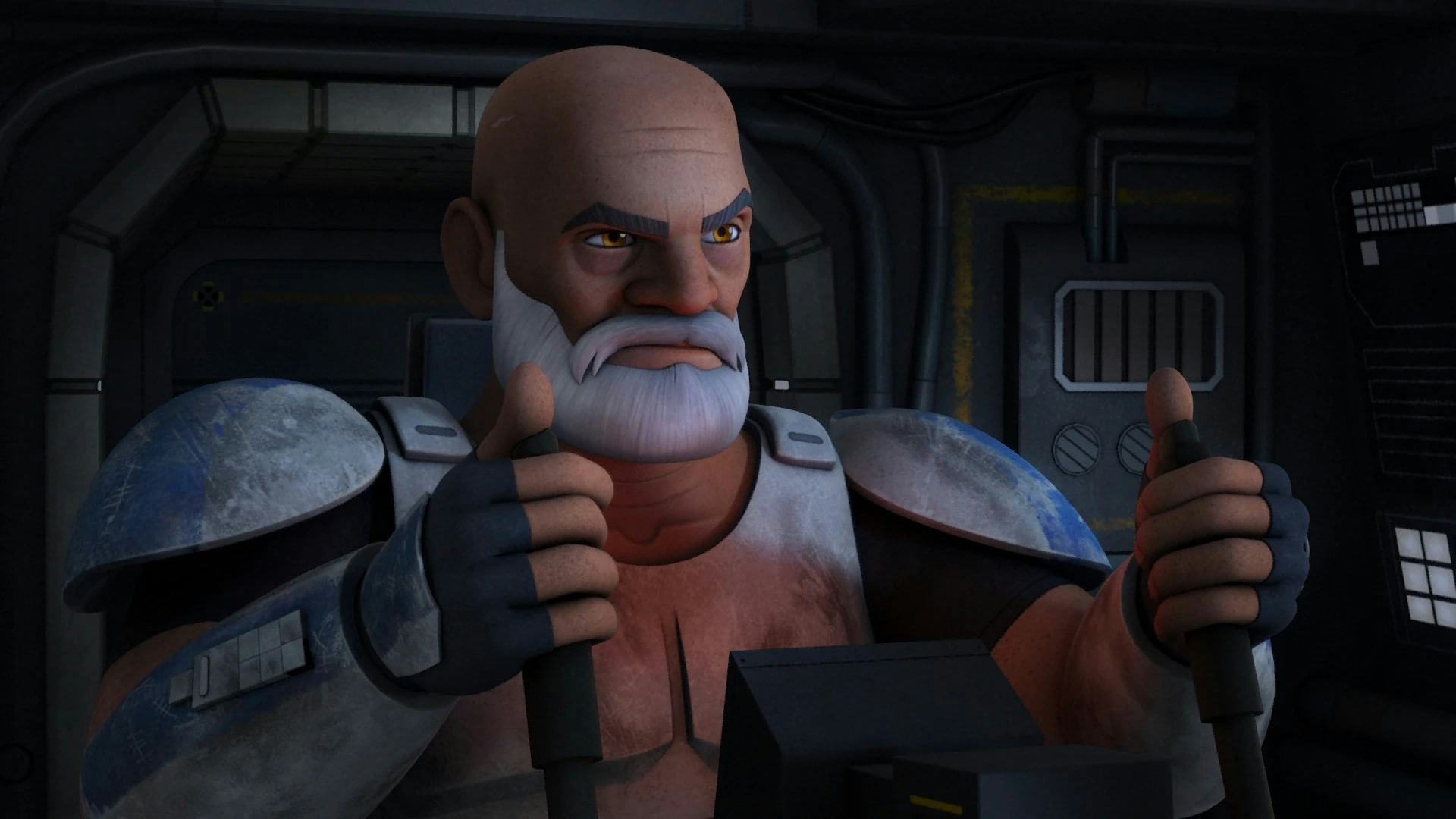
But every time we’ve seen PTSD before, it’s always been shown as something that just happens, a side effect of the Star Wars themselves. This is the first time in canon we’ve seen a character take matters into their own hands and try to treat their symptoms on their own, a dangerous but not uncommon coping mechanism.
Within Star Wars canon, there is mental health care for combat veterans, but it seemingly takes a while to become widespread. In Chuck Wendig’s novel Aftermath: Life Debt, set after the events of Return of the Jedi, a soldier named Dade Hetkins is offered two mental health options after his wounds were treated: group therapy with other vets and a volunteer therapy Ewok, a kind of emotional support animal. Dade opts to go with a QT-9, a therapy droid, instead.
Our real-life world has changed a lot since Star Wars began — the term “post-traumatic stress disorder” didn’t even enter the DSM until 1980 — and we now know the full toll combat has on soldiers. As our world changes, so can the Star Wars universe. This may be the first time we’ve seen trauma — and the risky coping mechanisms used to treat it — in Star Wars, but now that the topic has been broached, we can continue to see how wars don’t just end when the credits roll.
